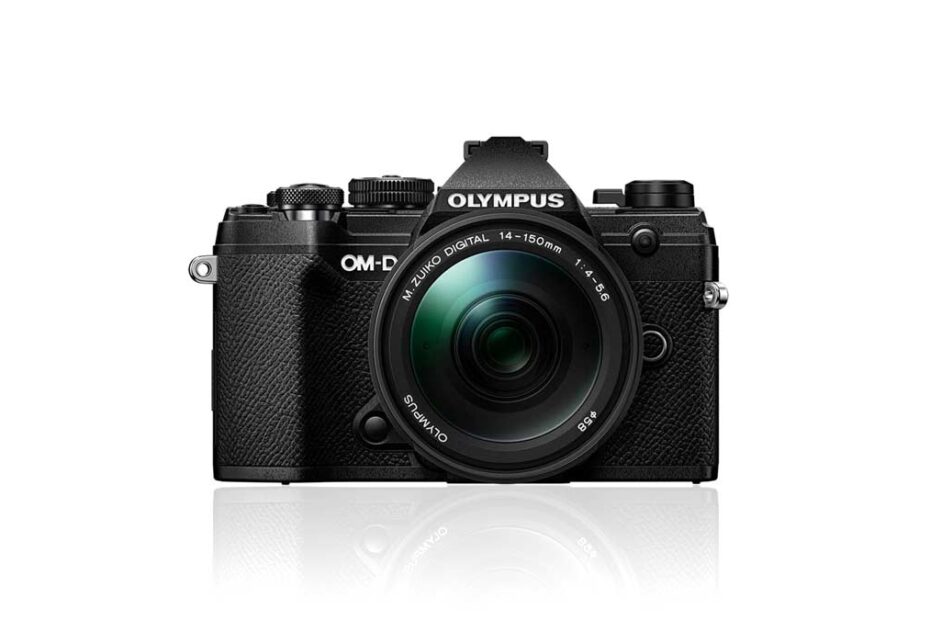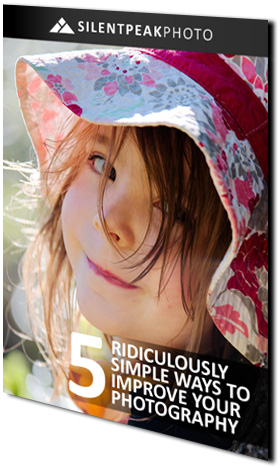In this 5-step buyer’s guide, we look at how to choose a new camera beginning with image quality and why you should consider sensor size instead of megapixels. We’ll also take a look at the importance of portability and the undeniable value of buying a camera you’re happy to carry with you.
Finally, we look at choosing a camera that fits your specific needs and the importance of budgeting for future upgrades. Jump to Conclusion.
Table of Contents
- 1. Image Quality
- 2. How to choose a camera you will use
- 3. Comfort and ergonomics
- 4. What you want to shoot
- 5. Price
- Conclusion
1. Image Quality
When choosing a new camera, you might as well buy one that produces better photos than your smartphone.
Although many factors contribute to a good photograph, outright image quality is not dependent on megapixels but the size of your camera’s sensor. Read the Megapixel Myth.
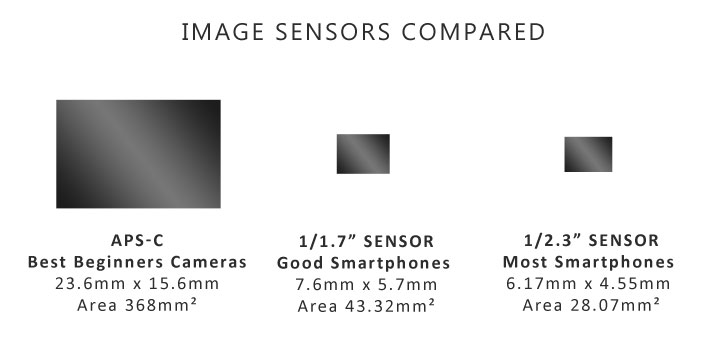
Light is the key ingredient of any photo. And because large sensors have a larger surface area, they capture more light resulting in cleaner, sharper photos with superior color and contrast. Read Camera Sensor Sizes for Beginners.
The downside of large sensors is that the camera and lens themselves must be larger. Whilst professionals may not mind carrying a 3-pound camera, you might prefer something lighter and more discrete.
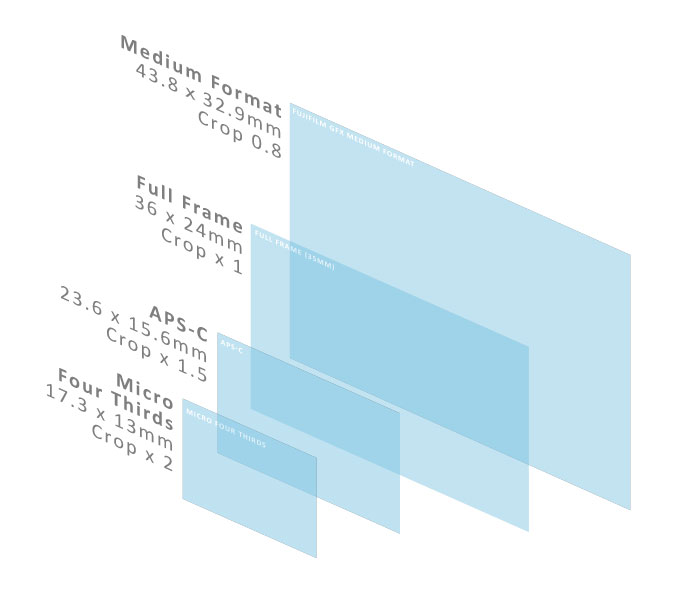
If you are looking to balance performance and portability, cameras featuring Micro Four Thirds or APS-C sensors are your best bet. Read Best Cameras for Beginners.
2. How to choose a camera you will use
If you buy a camera that’s too big and heavy to carry around, you’ll never take any photos with it. Even with my own ungodly enthusiasm, I will often leave my large 2-pound Nikon D750 at home in favor of using my smartphone.
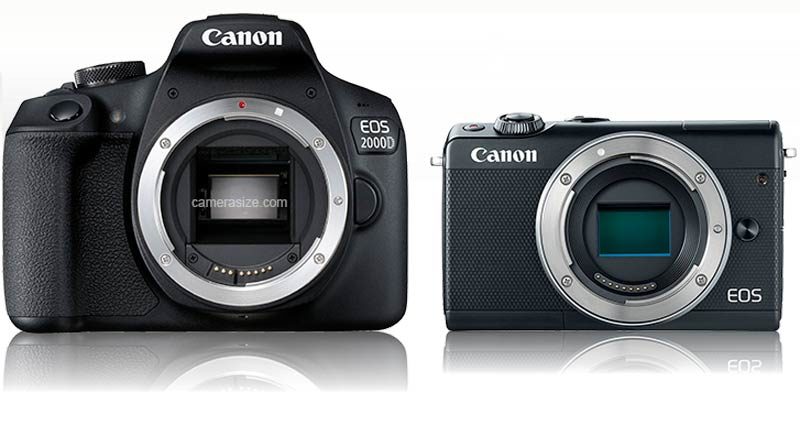
So do yourself a favor and buy something that you’d be willing to carry around all day. If you would like to compare cameras for size, check out the camera size comparison.
Finally, it’s well worth buying a camera you like to show off. After all, you can always be shallow and take great photos at the same time.
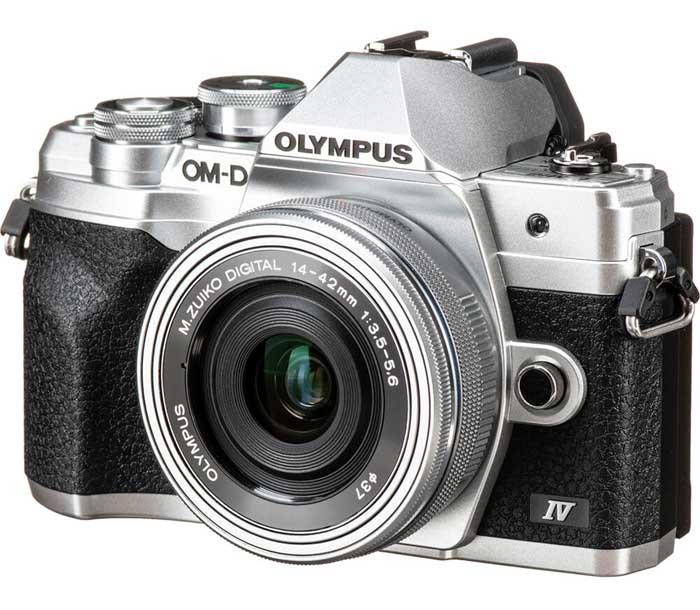
3. Comfort and ergonomics
Buying a camera is like choosing a pair of shoes, and specifications hardly matter when comfort is a stake. So get hands-on with your options, try the grip, and check to see whether the buttons feel good and fall nicely under your fingers.
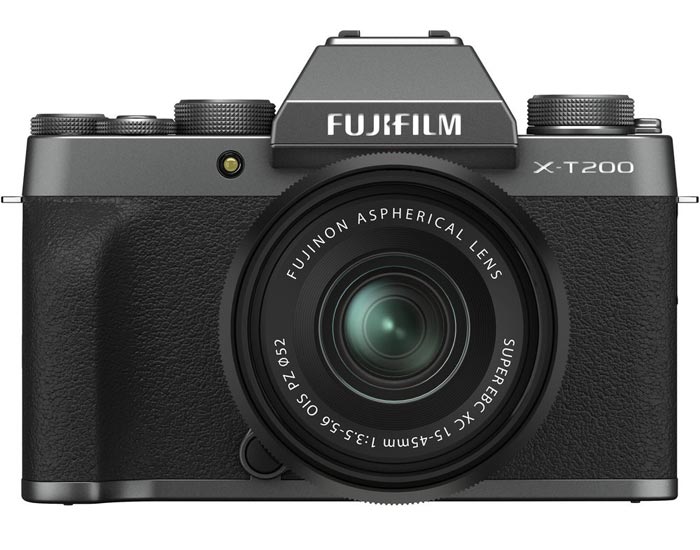
Besides comfort, you should also consider controls. The best cameras are immediately accessible to beginners whilst offering room for you to grow as a photographer.
Therefore, make sure the settings you’re likely to use presently and in the future are accessible and not buried in the menus or absent altogether.
4. What you want to shoot
Your preferred type of photography can influence the kind of camera you should buy. For instance, if you like to be outdoors photographing landscapes, you may prefer a camera that features weatherproofing, such as the Fuji X-T4 or Olympus OM-D M1 mk3.
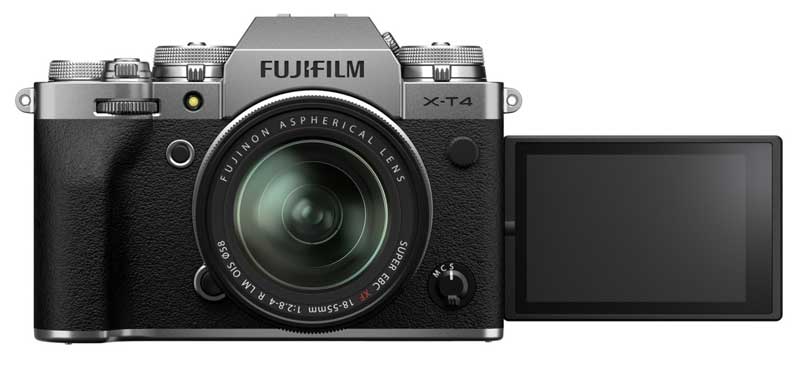
Alternatively, you might prefer to use your camera for taking selfies and recording vlogs. In which case, you will need good video quality and a rear screen designed to rotate forwards.
Before buying your camera, you should also consider your lens. If your photography is limited to casual portraits and holiday snaps, the lens that comes with your camera should be sufficient.
But if you have special interests such as taking photos of birds in flight, you will need to buy into a camera system that includes a range of super-telephoto lenses. So if you find a camera you like, make sure the lenses you want are available for it.
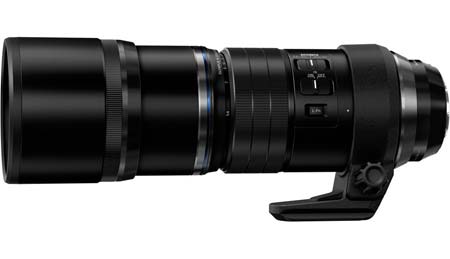
5. Price
If you’re buying a camera as a one-off purchase, my advice is rather bland. Just buy the best you can afford.
But if you planing to supplement your camera with additional lenses and accessories, you need to consider the system you are buying into.
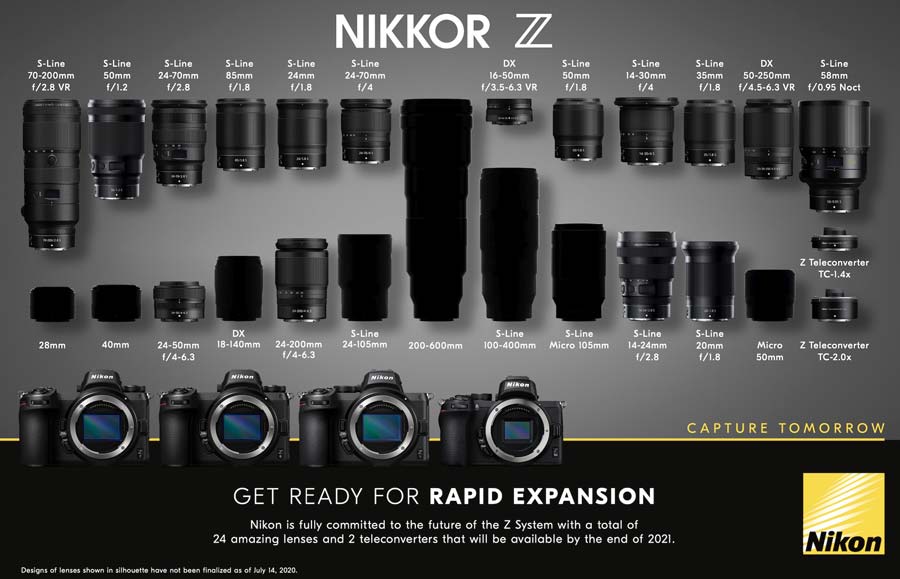
In simple terms, the larger your camera’s sensor, the more costly its lenses and accessories will be. For instance, lenses for cameras with full-frame sensors usually cost more than a thousand dollars.
On the other hand, lenses for APS-C cameras usually cost less than a thousand. And because the full-frame gear is usually heavier, you will also need to spend more on stronger/larger bags, larger lens filters, and sturdier tripods.
Of course, my advice is brief and reliant on broad generalizations. Nevertheless, I was surprised by how much it cost me to move from an APS-C to a full-frame camera. Read Is full-frame worth it?
Overall, Canon’s EF-M system is particularly affordable despite limited choice. For more choices, check out Canon EF-S and Nikon DX.
Conclusion
Since you most likely have a smartphone, your priority should be to buy a camera that produces superior quality photos. In other words, you should buy a camera with a larger imaging sensor.
Unfortunately, large sensors make for larger, more expensive cameras and lenses. Therefore, if price and convenience are just as important to you as image quality, cameras with APS-C or micro four-thirds sensors strike an ideal balance between performance and portability.
And when it comes to choosing your camera, you should be realistic about what you are willing to carry around. For instance, my full-frame camera weighs between 2.5 and 5 pounds depending on the lens attached. Yet, despite my A-grade enthusiasm for photography, I have missed out on some great photos because I choose to leave the weight back in the hotel room.
Yet, it’s not just a matter of weight. Your ideal camera should feel light, well-balanced, and comfortable in hand. Like trying on a pair of shoes, you’ll know the right camera when you hold it.
In terms of features and controls, the camera must strike the balance between being accessible yet functionally rich enough to do what you need it to do.
This, of course, is subjective but it is worth buying a camera that gives you the convenience of semi/full automatic modes and the creative power of being able to adjust the likes of the aperture without digging through menus.
Overall, there’s a tendency to buy a camera for its specifications. And whilst specifications matter, it’s important you love the camera you use. A well-used camera that follows you everywhere will always yield more great photos than the technical power-house sitting in your desk draw. Back to Top.
